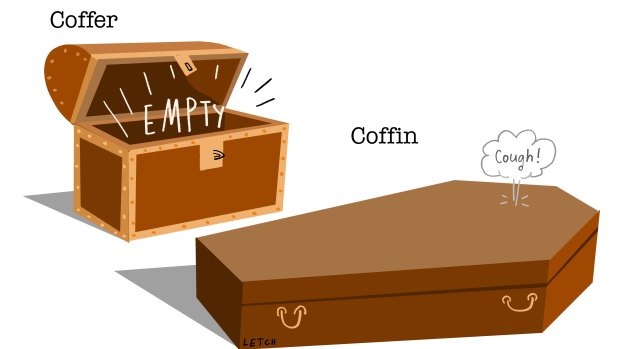Opinion
How to avoid a ‘death tax’ on your superannuation
Noel Whittaker
Money columnistThe death tax on superannuation continues to generate much interest, but its intricacies – and ways to avoid it – are often not well understood.
To put it simply, your superannuation balance has a taxable component and possibly a tax-free component. The taxable component is made up of contributions for which somebody, often the employer, has claimed a tax deduction, plus all the fund’s earnings. The tax-free component comes from non-concessional contributions, which are made from after-tax dollars.

The death tax on superannuation continues to generate much interest, but its intricacies – and ways to avoid it – are not often well understood.Credit: Simon Letch
When you die, any taxable component left to a non-dependent is subject to a tax of 15 per cent, plus Medicare levy. A spouse or partner is always classed as a dependent in this case, but independent adult children are not.
There are ways around this tax; the easiest one is for the fund member to withdraw the balance tax-free before they die and deposit it in their bank account. It’s not uncommon for people to lose capacity as they near death, which is why the appointment of an enduring power-of-attorney is so important when doing estate planning. This enables the attorney to withdraw the money and deposit it on your behalf.
But there are other ways to obviate the tax, without drawing the balance out. One strategy that is becoming increasingly common is called the re-contribution strategy: you withdraw part of your super, and then re-contribute it to the fund.
Take a couple like Jack and Jill. In their late 60s, Jack has $900,000 in superannuation, and Jill has no super. When they checked with Jack’s fund, the break-up of components consisted of $700,000 taxable and $200,000 non-taxable.
After consultation with their advisor, Jack withdrew $660,000 from his fund and then re-contributed $330,000 as a non-concessional contribution to his own fund using the three-year bring-forward rule. He contributed $330,000 to a new super fund for Jill, also as a non-concessional contribution. There is no entry tax on non-concessional contributions.
Let’s look at the balances of the super funds before and after the transactions. Just bear in mind that you cannot choose which component you withdraw from – the withdrawal will be split in the percentage of the existing balances.
Before the withdrawal, Jack’s balance was 78 per cent taxable and 22 per cent tax-free. Therefore, the withdrawal of $660,000 was also in those proportions. Jack’s withdrawal was $515,000 taxable and $145,000 tax-free. His remaining balance was reduced to $240,000, and its components became $185,000 taxable and $55,000 tax-free.
After the contribution of $330,000, which all went into the tax-free area because it’s a non-concessional contribution, his balance was $570,000, made up of $385,000 tax-free and $185,000 taxable. The withdrawal and re-contribution strategy reduced his taxable component from $700,000 to just $185,000. Jill’s balance was initially all tax-free.
It’s important to note that all earnings on the balance of both funds will be added to the taxable component, so as time passes the taxable component will gradually increase in both funds.
But keep in mind that everyone can now contribute to superannuation to age 75 without passing the work test, as long as the fund balance as of June 30 of the previous financial year is less than $1.9 million. The re-contribution strategy can be repeated after three years and reduce the taxable component some more.
It’s important to get advice before using these strategies because there could be estate planning issues. Also, the bring-forward rule can be a bit complex and has the potential to create a penalty if not used properly. However, it works and has the potential to save tens of thousands of dollars in tax. It’s certainly worth investigating.
Noel Whittaker is the author of Retirement Made Simple and other books on personal finance. Email: noel@noelwhittaker.com.au
- Advice given in this article is general in nature and is not intended to influence readers’ decisions about investing or financial products. They should always seek their own professional advice that takes into account their own personal circumstances before making any financial decisions.
For expert tips on how to save, invest and make the most of your money, delivered to your inbox every Sunday, sign up for our Real Money newsletter here.